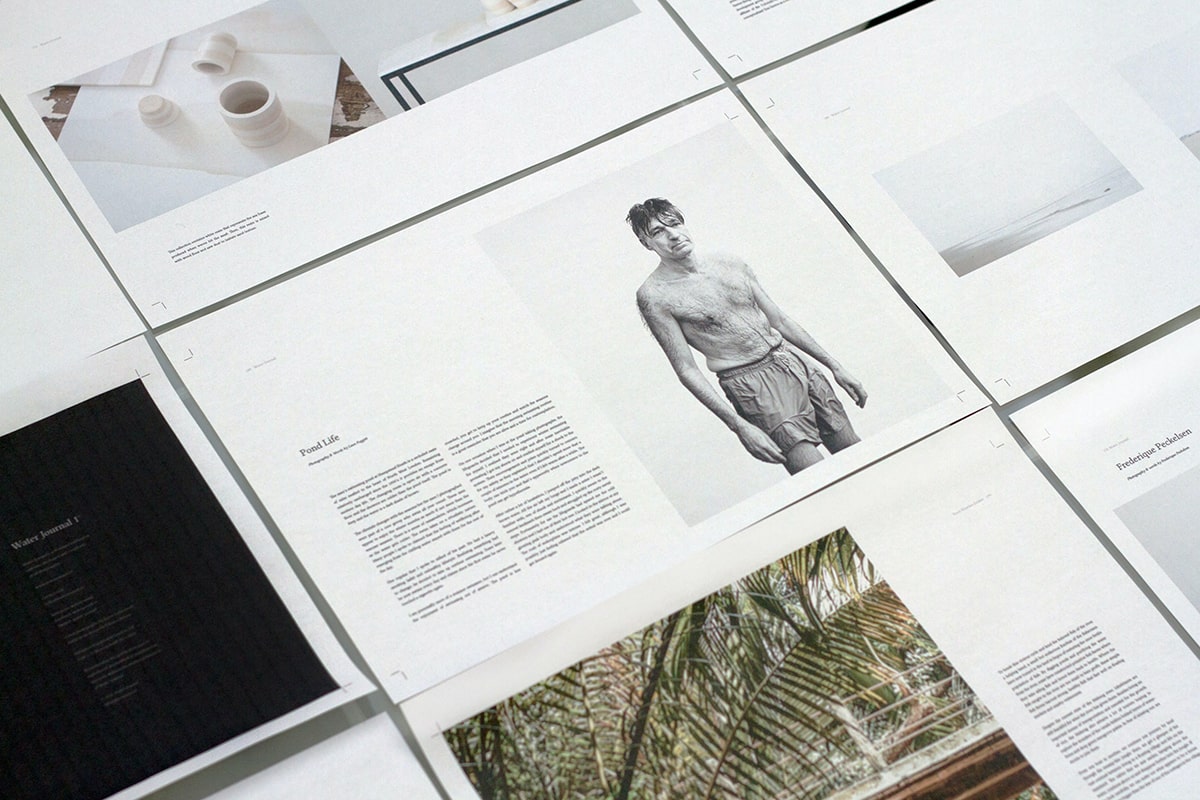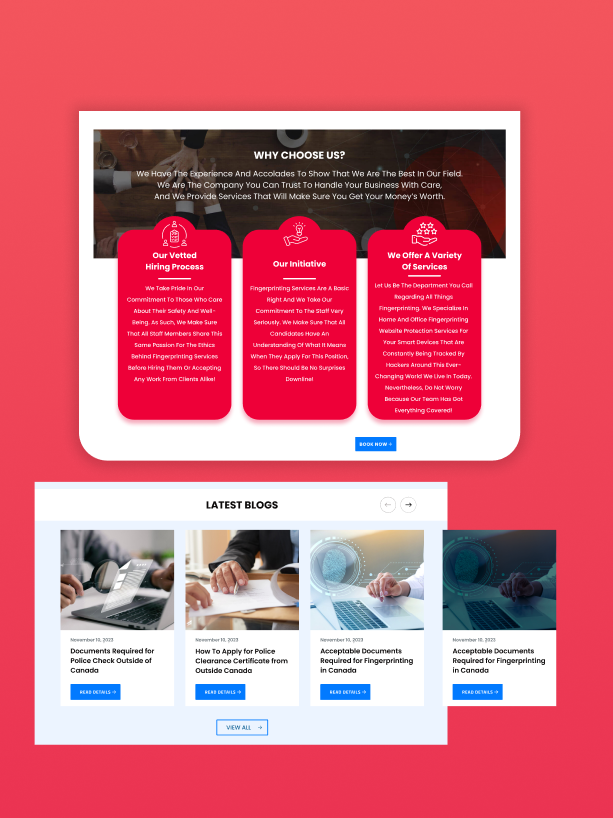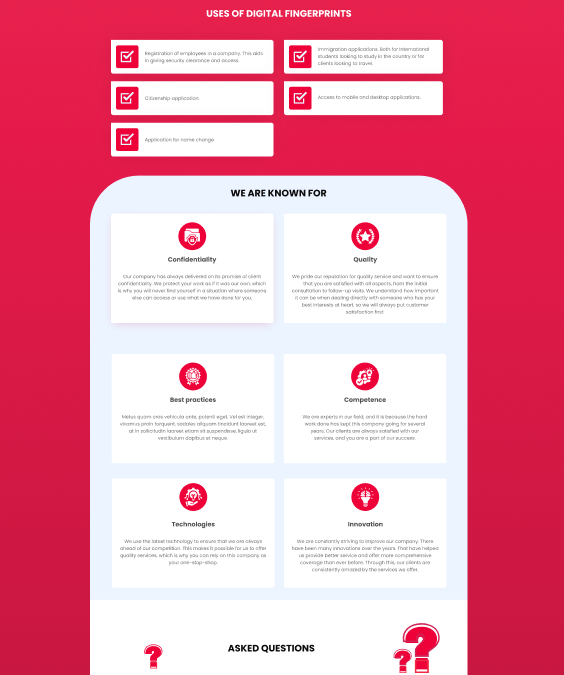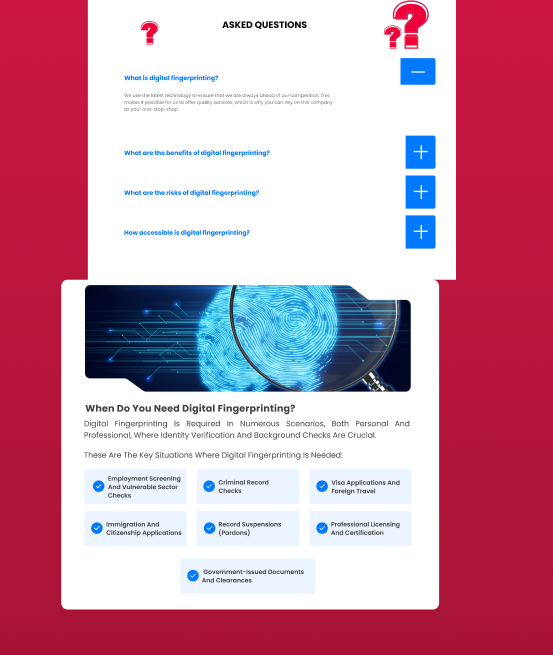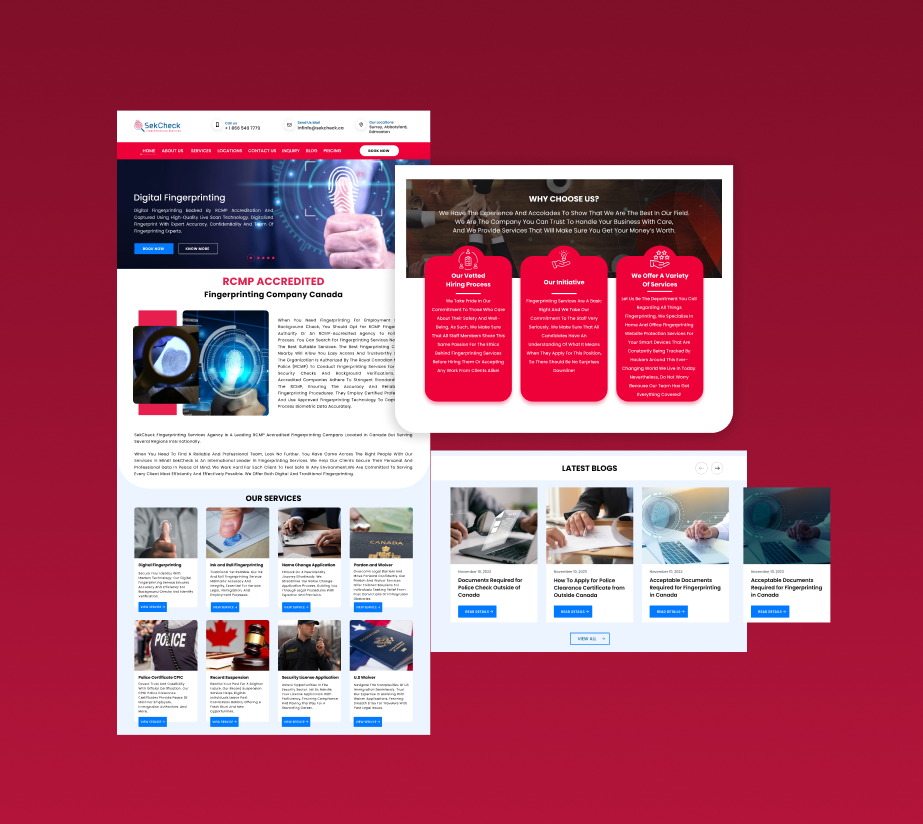Play
Open
Loading •
Please wait •
Loading •
Please wait •
Loading •
Please wait •
Loading •
Please wait •
Loading •
Please wait •
Loading •
Please wait •
